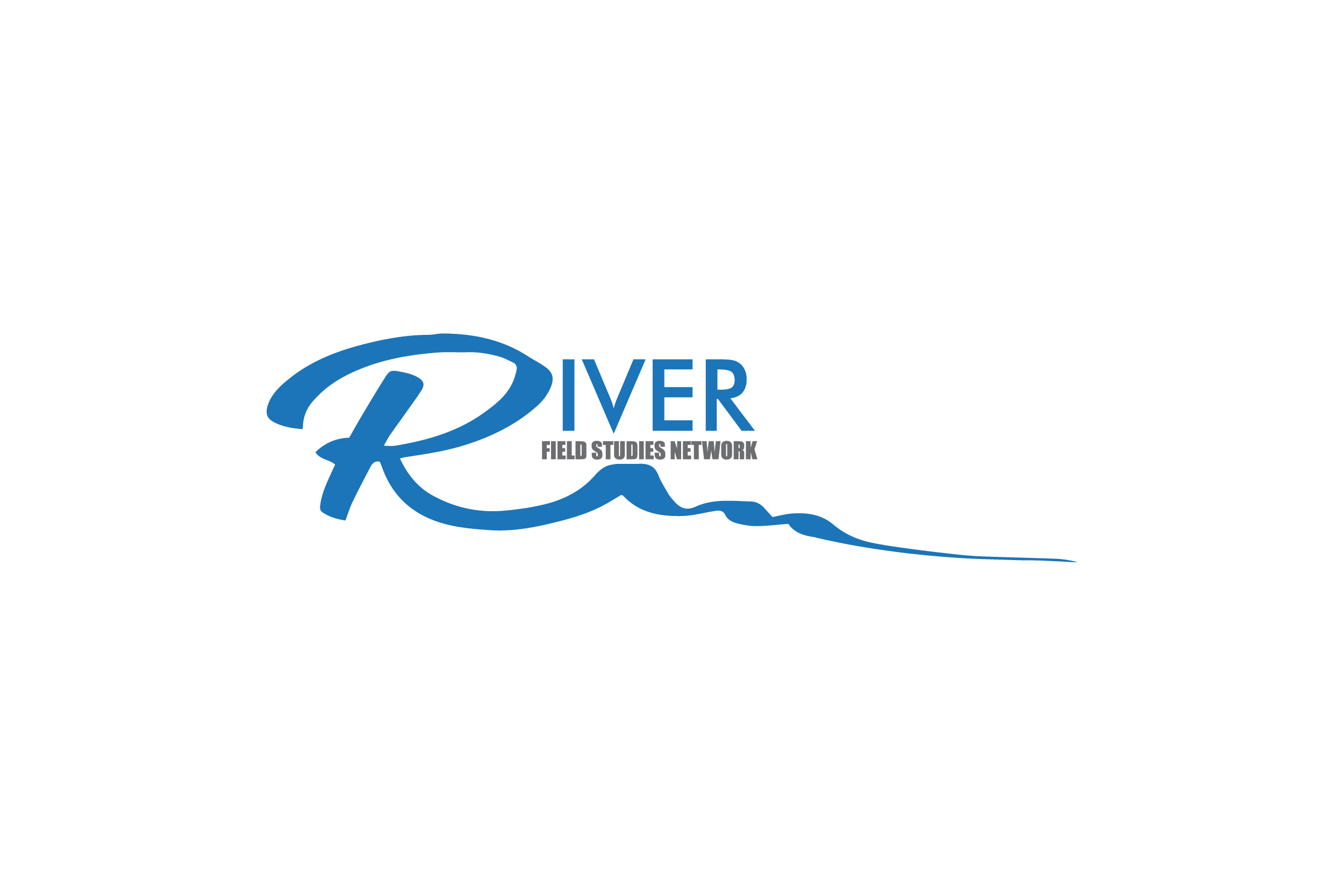Using Survey123 to Map Physical Habitat Characteristics, Watershed Activities, and Disturbances
Author(s): Lucas Ward
Rocky Mountain College
876 total view(s), 810 download(s)
Summary:
In this lesson, students are introduced to the idea and practice of “remote sensing” and provided with hands-on, field-based experience using standardized stream habitat assessment protocols (the National Rivers and Streams Assessment [NRSA]),…
Contents:
Survey123_APP_xlsversion.xlsx(XLSX | 47 KB)
WARD_UsingSurvey123_Physical_HabitatCharacteristics_Activities_Disturbances.pdf(PDF | 6 MB)
- XLSForm essentials—ArcGIS Survey123 | Documentation
EPA2018_nonwadeable_stream_assessment.pdf(PDF | 12 MB)
EPA2018_nonwadeable_stream_assessment_appendices.pdf(PDF | 38 MB)
EPA2018_wadeable_stream_assessment.pdf(PDF | 15 MB)
EPA2018_wadeable_stream_assessment_appendices.pdf(PDF | 38 MB)
EPA2018_WaterhedActivities_Disturbances.pdf(PDF | 472 KB)
RIVER_Imagery_2.pdf(PDF | 56 MB)
RIVER_Landcover_1.pdf(PDF | 14 MB)
Survey123_APP_xlsversion.xlsx(XLSX | 47 KB)
- License terms
Comments
There are no comments on this resource.
